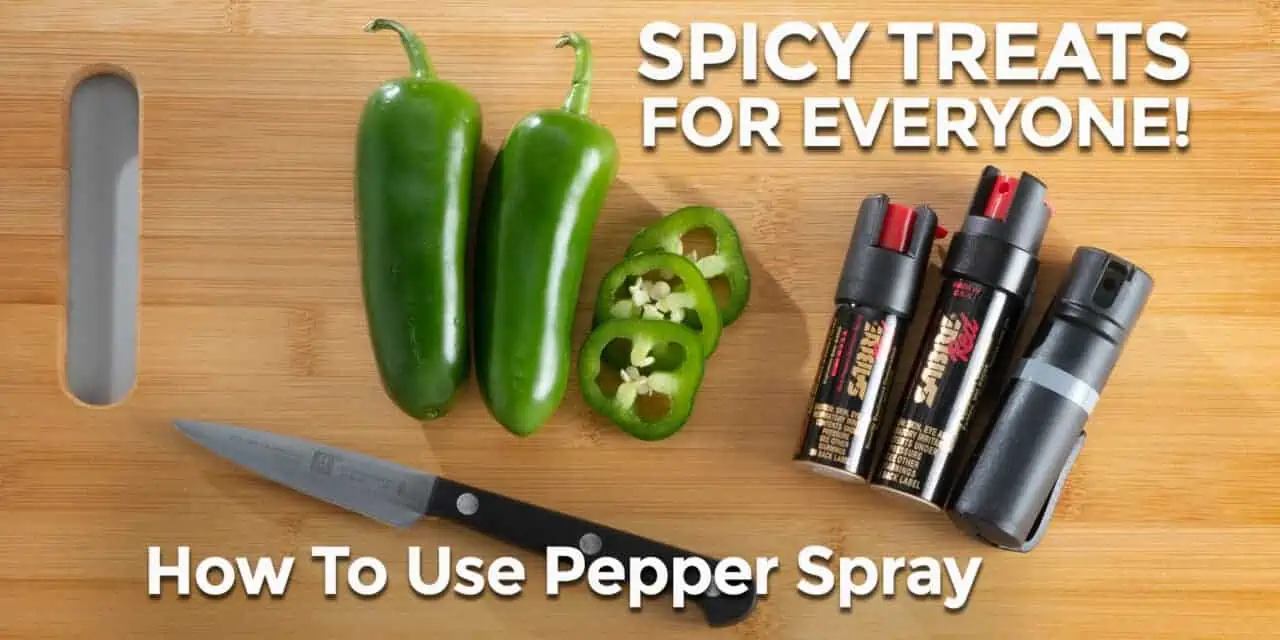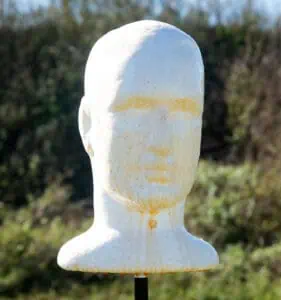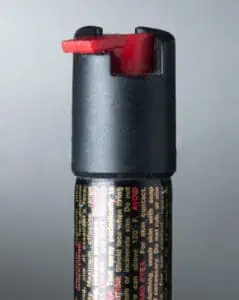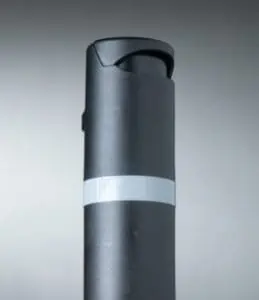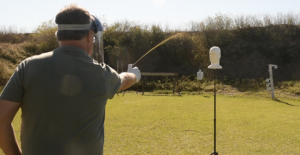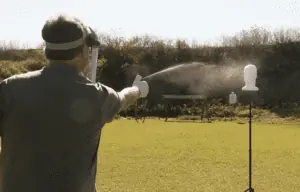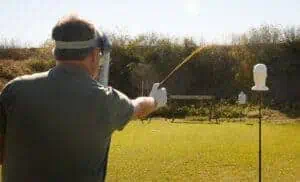How To Use Pepper Spray For Best Effect
A few years ago, I was at a local shooting match. As is common there, I was talking with my fellow gun owners in between our turns to shoot. One of them mentioned that they had started taking jiu jitsu lessons, and another shooter asked “Why? Don’t you always carry a gun?“
This got me thinking. Having a concealed carry gun near you at all times is a good thing. However, a gun, any gun, solves only one problem, namely, the threat of lethal force at a distance. Using lethal force in situations where it isn’t needed can result in serious legal issues. This is why having something other than your carry pistol with you and knowing how to use pepper spray comes in very handy.
This article contains “affiliate” links, which means we may earn a small commission to help cover future testing if you click on the link and make a purchase from the linked website.
Knowing How To Use Pepper Spray Equals More Options
These options are important, because different situations require different solutions. Imagine how effective your home repairs would be if all you have is a Phillips head screwdriver. It’s a great tool and serves a useful purpose, but at the end of the day, does just one thing. That’s what your defensive firearm does. Having other tools means you can handle more emergencies around the house. In the same way, having more tools with you outside of the home like having a tactical flashlight and knowing how to use pepper spray means you can handle more emergencies outside the home.
Let’s begin with what pepper spray is and what it does to the human body. The active ingredient of pepper spray is capsaicin, the same chemical that adds heat and spiciness to chili peppers. However, the capsaicin in pepper spray is much more concentrated, and causes intense pain when applied to the eyes, nose and mouth. Capsaicin causes the eyes to involuntary close and shortness of breath, as well as crying, a runny nose and intense pain throughout the respiratory system. All of this can severely or completely degrade an attacker’s ability to do you harm.
However, all that liquid pain does nothing if you can’t apply it to your attacker. This usually involves some sort of aerosol that produces a spray or stream of liquid that hits the target. Most pepper sprays in common use claim to have a range of 10-15 feet or so. They contain enough spray for around 10 seconds of use or thereabouts. The chemicals inside them are sent towards the target by the pressurization of the can itself. The chemicals themselves don’t expire, however, the force of the spray can weaken over time. This is why there is an expiration date on most cans of pepper spray.
How To Use Pepper Spray
Using pepper spray itself is a matter of holding the spray can in your hand, releasing the safety and pressing down on the activation button. In general, a spray can that has a flip-top safety is preferable to a spray can that has a switch that moves to the side. A side activating switch can get jostled as you go about your daily routine, leading to a situation where you have a can of pepper spray that may activate inside of your purse, on your belt or in your pocket, with disastrous (and probably painful) results.
The spray itself will come out in a continuous stream towards the target. Where that liquid hits the target makes all the difference in the world, so let’s turn to a recognized expert on how to use pepper spray for self defense.
Let’s Talk With An Expert
John Murphy is a former Marine, veteran intelligence officer and renowned firearms trainer. His “Street Encounter Skills and Tactics” class is one of the best classes out there for people who want to learn how to use more than just a gun to defend themselves. He has some great tips on how to use pepper spray for self defense.
“Pepper spray is an intermediate force that allows you to degrade someone from a distance,” Murphy said. “It’s best to use once the pre-attack indicators like harsh words and posing show up, but you’re not at the point where lead is flying through the air. It’s a standoff tool to make sure that your attacker can’t get close enough to do you bodily harm.”
“Getting your pepper spray into the fight is crucial,” Murphy continued. “Your pepper spray should be just as easy to access as a defensive firearm would be, for the same reasons. Digging around in a backpack or purse when your attacker is closing in on is a recipe for disaster. Once your spray is out, aim it at the middle your attacker’s forehead. Spray the contents for a only a few seconds in a ‘Z’ shape so it covers the eyes and mouth of your attacker. Keep in mind it takes a few seconds to work, so your best bet is to spray and then either run to safety or get ready to bring something else into the fight.”
When And How To Use Pepper Spray
“Pepper spray is less effective once the fight has started,” Murphy concluded. “There are a number of reasons for this. First off, pepper spray swells up the eyes, but your attacker doesn’t need to see you in order to beat you senseless. Next, you’ve got to try to get your spray into action when someone is trying to beat you to a pulp, which is a very difficult task. Lastly, pepper spray can quickly become a shared experience when your attacker is right on top of you, affecting you as much as it does your attacker, and that can quickly ruin your day.”
Testing What Pepper Spray Does
If pepper spray is best used before the fists start flying, when should you use it? Most pepper sprays have a stated range of 10-15 feet. To see if this is actually the case, we tested three brand-new cans of commonly-used pepper spray to see what their effective range is what the manufacturer says it is. The sprays we used were: (Affiliate Links)
We’ll spray each unit at a model human head that’s ten feet away. There was only a very slight breeze during our tests (less than 5 mph), making for a neutral test environment.
Test Results
All of the sprays we tested hit the target and sprayed out for at least three seconds, with two caveats.
- We stood 10 feet away from the target, however due to our arm length, the actual distance between the target at the pepper spray was around eight feet.
- Even at that distance, we needed to arc the spray into the air to place it on-target. A stiffer breeze, especially one headed towards us, would severely impact our ability to hit the target.
Having an option such as pepper that can stop an attacker in their tracks or end a fight before it starts means you have more ways to live a safe and worry-free life. Pepper spray, just like any other defensive tool, is only as useful as the person using it. If you’ve not tested your spray, consider buying an inert training version of your spray and see what it does. If you carry your spray off-body, you should look at ways to carry it on you, rather than with you. Knowing how to use pepper spray and having it on you when it’s needed can turn a potentially dangerous situation into one where you can get away with life and limb intact. After all, that’s the reason why we do this, and anything that makes this job easier for us is something we should embrace.

